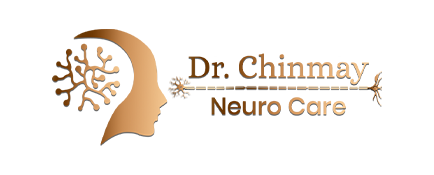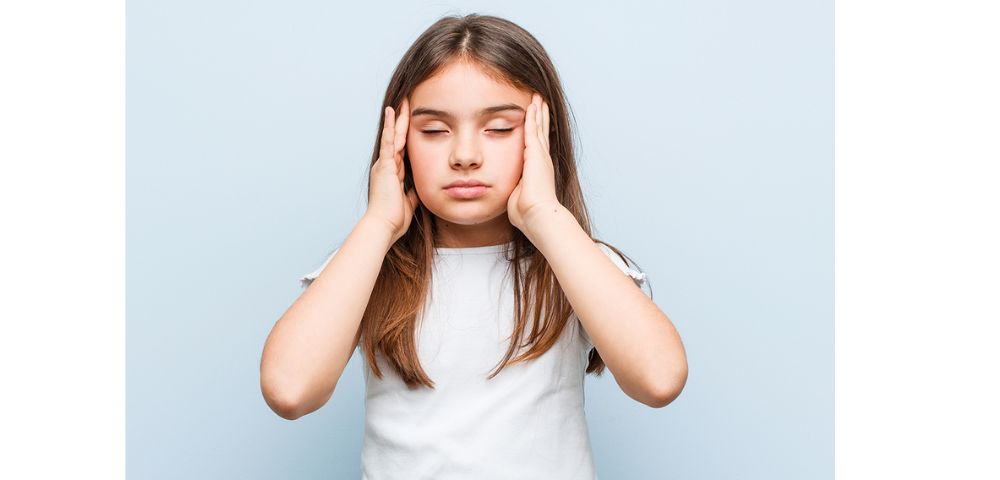Migraines are not just a condition that affects adults; they also significantly impact children, often disrupting their daily activities, academics, and overall well-being. Early diagnosis and effective management are crucial to improving the quality of life for young patients. Dr. Chinmay, a leading neurologist at Dr. Chinmay’s Neuro Care Clinic in Balewadi-Baner, Pune, emphasizes recognizing the signs and promptly addressing migraines. This comprehensive guide explores the types, symptoms, causes, and treatments for migraines in children.
What are Migraines?
Migraines are a neurological condition characterized by intense headaches that are often accompanied by other symptoms such as nausea, vomiting, and sensitivity to light or sound. While migraines are commonly associated with adults, they can occur in children as young as two years old.
Types of Migraines in Children
- Migraine Without Aura
- The most common type of migraine in children.
- Symptoms include throbbing or pulsating pain, usually on one side of the head, though it can affect both sides in children.
- Migraine With Aura
- Preceded by warning signs such as visual disturbances, tingling sensations, or difficulty speaking.
- These symptoms usually resolve before the headache phase begins.
- Abdominal Migraine
- Common in younger children.
- Characterized by recurrent episodes of abdominal pain, nausea, and vomiting, often without a headache.
- Chronic Migraine
- Defined as headaches occurring on 15 or more days per month for more than three months.
- Affects daily life and requires long-term management.
- Cyclic Vomiting Syndrome
- Involves recurrent episodes of severe vomiting that last for hours or days.
- Often associated with a family history of migraines.
Symptoms of Migraines in Children
- Headache: Moderate to severe pain, often described as throbbing.
- Nausea and Vomiting: Common accompanying symptoms.
- Sensitivity to Light and Sound: Discomfort in brightly lit or noisy environments.
- Dizziness or Fatigue: A general sense of weakness or tiredness.
- Irritability: Mood changes or difficulty concentrating.
- Visual Disturbances: Blurred vision, flashing lights, or blind spots.
Causes and Triggers
Migraines in children can be caused by a combination of genetic and environmental factors. Common triggers include:
- Stress: Academic pressure or emotional stress.
- Sleep Issues: Irregular sleep patterns or insufficient rest.
- Dietary Factors: Skipping meals or consuming trigger foods like chocolate, caffeine, or processed foods.
- Dehydration: Inadequate fluid intake.
- Environmental Changes: Bright lights, strong smells, or loud noises.
- Hormonal Changes: Particularly in adolescents.
Dr. Chinmay advises parents to maintain a migraine diary for their child to identify and avoid potential triggers effectively.
Diagnosis of Migraines in Children
Diagnosing migraines in children can be challenging as they may not always articulate their symptoms clearly. At Dr. Chinmay’s Neuro Care Clinic, a detailed medical history and thorough neurological examination are conducted. Additional tests, such as MRI or CT scans, may be recommended to rule out other conditions.
Treatment Options
- Lifestyle Modifications
- Regular Sleep Schedule: Ensuring consistent and sufficient sleep.
- Balanced Diet: Avoiding trigger foods and maintaining regular meal times.
- Hydration: Encouraging adequate water intake.
- Stress Management: Techniques such as mindfulness, relaxation exercises, or counseling.
- Medications
- Acute Treatment: Over-the-counter pain relievers like ibuprofen or acetaminophen for mild to moderate migraines.
- Preventive Treatment: For frequent migraines, preventive medications such as beta-blockers, anticonvulsants, or antidepressants may be prescribed.
- Behavioral Therapies
- Cognitive Behavioral Therapy (CBT): Helps children manage stress and cope with symptoms.
- Biofeedback: Teaches children to control physiological functions like heart rate to reduce migraine frequency.
- Alternative Treatments
- Physical Therapy: For children with associated tension headaches or postural issues.
- Acupuncture: Some evidence supports its use in reducing migraine frequency.
- Emergency Treatment
- In severe cases, intravenous medications or hospitalization may be necessary to manage debilitating symptoms.
When to Seek Help
Parents should consult a specialist if:
- The headaches become frequent or severe.
- Symptoms interfere with daily activities or school performance.
- Over-the-counter medications are ineffective.
- There are changes in headache patterns or new neurological symptoms.
Dr. Chinmay’s Neuro Care Clinic in Balewadi-Baner, Pune, is renowned for providing compassionate care and effective treatment for pediatric migraines. With a patient-centered approach, Dr. Chinmay ensures that each child receives a tailored treatment plan.
Preventing Migraines in Children
Preventive strategies are key to reducing the frequency and severity of migraines:
- Routine: Maintain regular sleep and meal schedules.
- Avoid Triggers: Identify and limit exposure to known triggers.
- Physical Activity: Encourage moderate exercise to promote overall health.
- Parental Support: Provide emotional support and help your child manage stress.
Summary
Migraines in children are a manageable condition with the right combination of lifestyle changes, medications, and professional guidance. Early recognition and intervention are crucial to preventing complications and improving the quality of life for affected children. Dr. Chinmay, one of the best neurologists in Pune, offers expert care at Dr. Chinmay’s Neuro Care Clinic in Balewadi-Baner, ensuring comprehensive and compassionate treatment for young patients.



